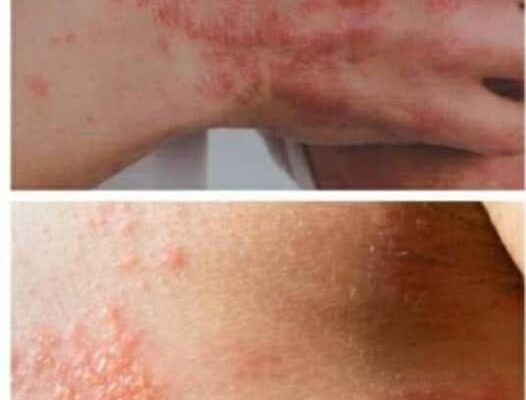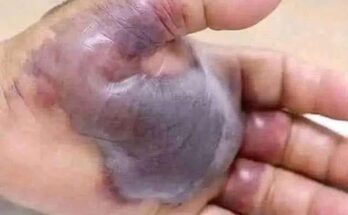Oral cancer, often called mouth cancer, can develop in many areas inside the mouth—such as the lips, tongue, gums, cheeks, and even the roof or floor of the mouth. Early detection is key to successful treatment, but unfortunately, the first symptoms can be subtle and easy to miss. Raising awareness about these warning signs can save lives by encouraging timely medical consultation.
Watch for These Warning Signs:
Sores That Don’t Heal
If you notice a sore in your mouth that doesn’t heal after two weeks, it could be an early sign of oral cancer. These sores can appear on your lips, gums, or inside your mouth and might not hurt at first. Regardless, it’s important to have any persistent sore checked by a healthcare professional.
Unusual White or Red Patches
Sometimes, you might find white (leukoplakia) or red (erythroplakia) patches inside your mouth that won’t go away. These areas could indicate abnormal cell growth and may be precancerous. If you see any persistent discoloration, schedule an evaluation.
Unexplained Bleeding
Bleeding gums are common, but if you experience bleeding in your mouth without any clear cause or injury, it warrants attention. Continuous or unexplained bleeding should prompt a visit to your dentist or doctor.
Lumps or Thickened Areas
A lump or thick patch anywhere inside your mouth or on your tongue might be a warning sign. These growths can be painless initially but might grow over time. Any new bump or rough area deserves a professional checkup.
Numbness or Pain
If you experience ongoing numbness, tingling, or unexplained pain in your mouth, lips, or face, don’t ignore it. Changes in sensation could signal underlying issues that need medical evaluation.
Difficulty Chewing or Swallowing
Discomfort or trouble when chewing, swallowing, or moving your jaw can be symptoms of oral cancer or related conditions. If you notice persistent difficulty, seek medical advice promptly.
Persistent Bad Breath
Bad breath is often linked to hygiene, but if it remains constant despite good oral care, it could be a sign of infection or tissue changes linked to oral cancer.



